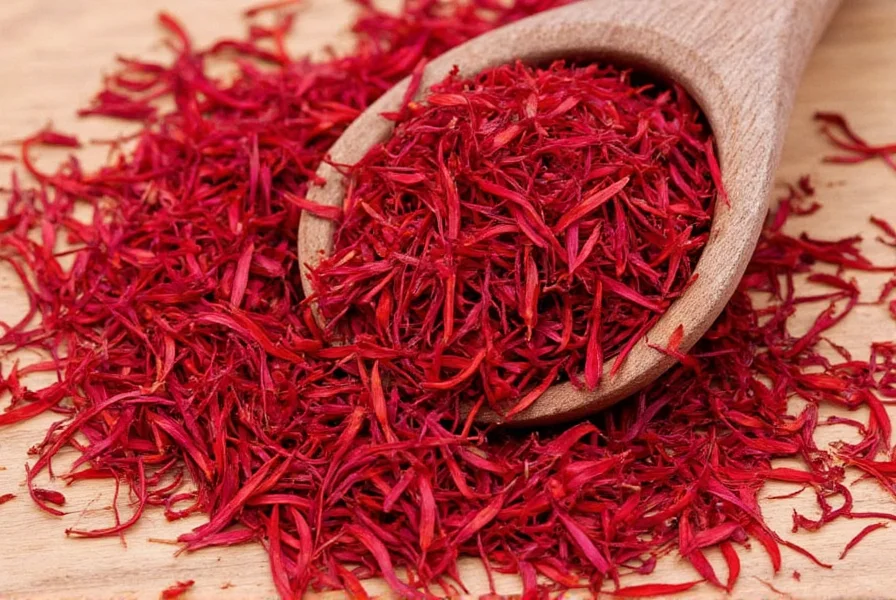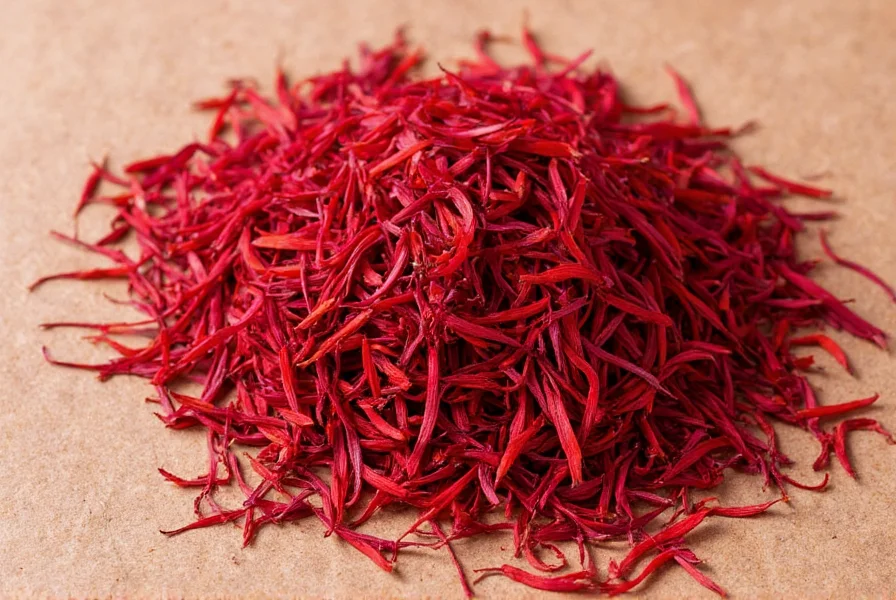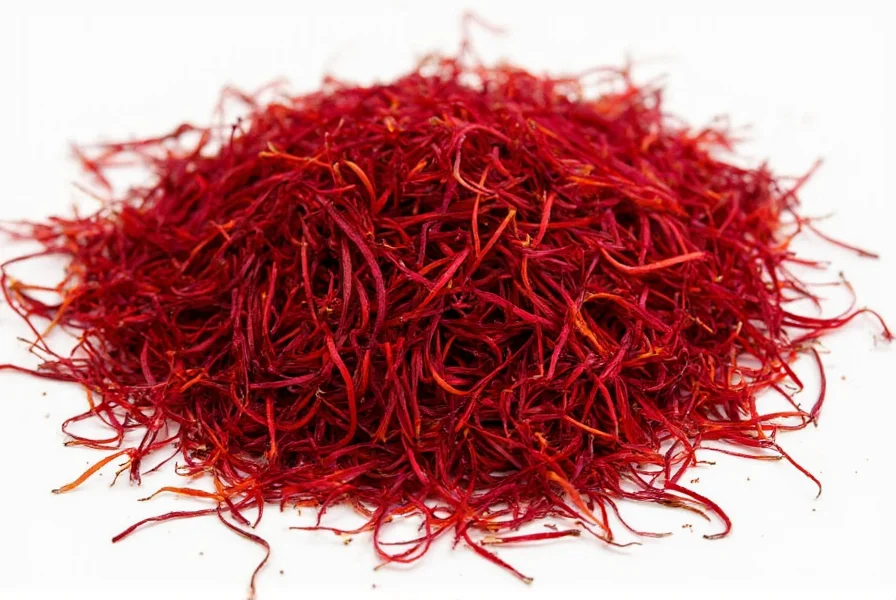Saffron, derived from the delicate stigmas of Crocus sativus flowers, ranks among the world's most valuable spices by weight. Its diverse applications span culinary, medicinal, and cultural domains, making it a treasured resource across civilizations for millennia. Understanding what is saffron used for reveals its remarkable versatility beyond mere seasoning.
Culinary Applications of Saffron
Chefs and home cooks prize saffron for its unique ability to transform ordinary dishes into extraordinary culinary experiences. When properly used, saffron imparts a distinctive floral aroma, subtle honey-like flavor, and vibrant golden color to foods. Unlike many spices, saffron's flavor compounds are water-soluble rather than fat-soluble, requiring specific preparation techniques for optimal results.
Professional chefs typically steep saffron threads in warm liquid before incorporating them into recipes. This process, called blooming, releases the spice's active compounds more effectively than direct addition. The ideal blooming liquid varies by cuisine—warm water works universally, while milk enhances richness in desserts, and broth complements savory dishes.

Global Culinary Traditions Featuring Saffron
Saffron's culinary journey spans continents and centuries. In Spanish cuisine, it's indispensable for authentic paella, where it provides both color and subtle flavor. Persian cooking utilizes saffron extensively in rice dishes like tahdig and sweets such as saffron ice cream. Indian cuisine incorporates it into biryanis and kheer, while French chefs use it in bouillabaisse. Each culture has developed unique techniques for maximizing saffron's potential in their traditional dishes.
| Cuisine | Signature Dish | Typical Saffron Quantity |
|---|---|---|
| Spanish | Paella | 0.1-0.2g per 4 servings |
| Persian | Tahdig (crispy rice) | 0.05-0.1g per 2 cups rice |
| Indian | Biryani | 0.1g per 2 cups rice |
| Italian | Risotto alla Milanese | 0.15g per 4 servings |
Medicinal and Health Applications
Scientific research increasingly validates traditional saffron medicinal uses. Clinical studies suggest saffron may support mental wellness, with several trials demonstrating its potential to improve mood and reduce symptoms of mild to moderate depression. The active compounds crocin and safranal appear to influence neurotransmitter activity, particularly serotonin pathways.
As an antioxidant powerhouse, saffron contains significant levels of carotenoids that combat oxidative stress. Research indicates potential benefits for eye health, particularly in age-related macular degeneration. Some studies also suggest anti-inflammatory properties that may support cardiovascular health. However, it's crucial to understand that saffron supplements should complement—not replace—conventional medical treatments.
Saffron Safety and Dosage Considerations
While culinary use of saffron is generally safe, medicinal applications require careful consideration. The typical culinary dose ranges from 15-30mg daily, while clinical studies on mood support often use 30mg twice daily. Excessive consumption (above 5g) can cause adverse effects. Pregnant women should avoid medicinal doses as high quantities may stimulate uterine contractions. Always consult healthcare providers before using saffron for therapeutic purposes, especially when taking antidepressants or blood thinners.

Historical and Cultural Significance
Saffron's history extends beyond practical applications into cultural and ceremonial realms. Ancient Egyptians used it in perfumes and as medicine. In medieval Europe, saffron featured in religious ceremonies and as a status symbol—its high cost made it accessible primarily to nobility. Traditional Persian medicine incorporated saffron for various ailments, a practice that continues in some holistic health approaches today.
The spice also played roles in textile dyeing, creating luxurious golden fabrics for royalty. In some cultures, saffron symbolized purity and was used in wedding ceremonies. Understanding what saffron is used for historically provides context for its continued value in modern applications.
Practical Guidance for Saffron Use
Maximizing saffron's potential requires proper handling techniques. For optimal flavor extraction, crush threads gently with a mortar and pestle before blooming. Use warm—not boiling—liquid to preserve delicate compounds. Store saffron in an airtight container away from light and moisture; properly stored, it maintains potency for 1-2 years.
When evaluating saffron quality, look for deep red threads with minimal yellow style. High-quality saffron should have a strong aroma and release rich color quickly when bloomed. Be wary of unusually cheap saffron, as adulteration with safflower or other substitutes remains common in the market. Understanding how to identify genuine saffron ensures you receive the full benefits of what saffron is used for in both culinary and wellness contexts.
Conclusion
Saffron's remarkable versatility explains its enduring value across cultures and centuries. From enhancing signature dishes worldwide to supporting wellness through its bioactive compounds, this precious spice offers multiple dimensions of utility. Whether you're exploring what saffron is used for in traditional cooking, investigating its potential health benefits, or appreciating its historical significance, understanding its proper applications ensures you maximize this golden spice's extraordinary potential.
Frequently Asked Questions
What are the primary culinary uses of saffron?
Saffron is primarily used to flavor and color rice dishes like Spanish paella and Persian tahdig, seafood stews such as French bouillabaisse, and various Indian biryanis. It's also essential in Italian risotto alla Milanese and Scandinavian baked goods. Professional chefs use it sparingly—typically 15-30mg per serving—as its potent flavor can dominate dishes when overused.
Can saffron improve mental health and mood?
Multiple clinical studies suggest saffron may support mental wellness, particularly for mild to moderate depression. Research indicates that 30mg of saffron extract taken twice daily shows comparable effectiveness to certain antidepressants for some individuals. The active compounds crocin and safranal appear to influence serotonin pathways. However, saffron should complement—not replace—conventional treatments, and consultation with healthcare providers is essential before using it for mood support.
How should I properly store saffron to maintain its quality?
Store saffron in an airtight container away from light, heat, and moisture. The ideal storage container is a small, dark glass jar with a tight-sealing lid. Keep it in a cool, dark cupboard—not the refrigerator, as humidity can degrade quality. Properly stored saffron maintains potency for 1-2 years. To test freshness, rub a thread between your fingers—if it releases strong aroma and vibrant color when bloomed, it's still viable for use.
What's the difference between saffron threads and powder?
Saffron threads (whole stigmas) generally offer superior quality and longevity compared to powdered saffron. Threads maintain potency longer when stored properly and are less prone to adulteration. Powdered saffron provides convenience but loses flavor compounds more quickly and is frequently mixed with fillers like turmeric or safflower. For best results in understanding what saffron is used for culinarily, use threads and bloom them yourself to ensure maximum flavor extraction and authenticity.
Are there any safety concerns with using saffron?
Culinary use of saffron (up to 1.5g daily) is generally safe for most people. However, medicinal doses exceeding 5g daily may cause adverse effects including dizziness, nausea, and in extreme cases, poisoning. Pregnant women should avoid medicinal doses as saffron may stimulate uterine contractions. Those taking antidepressants or blood thinners should consult healthcare providers before using saffron therapeutically. Always purchase from reputable sources to avoid adulterated products that may contain harmful substitutes.











 浙公网安备
33010002000092号
浙公网安备
33010002000092号 浙B2-20120091-4
浙B2-20120091-4